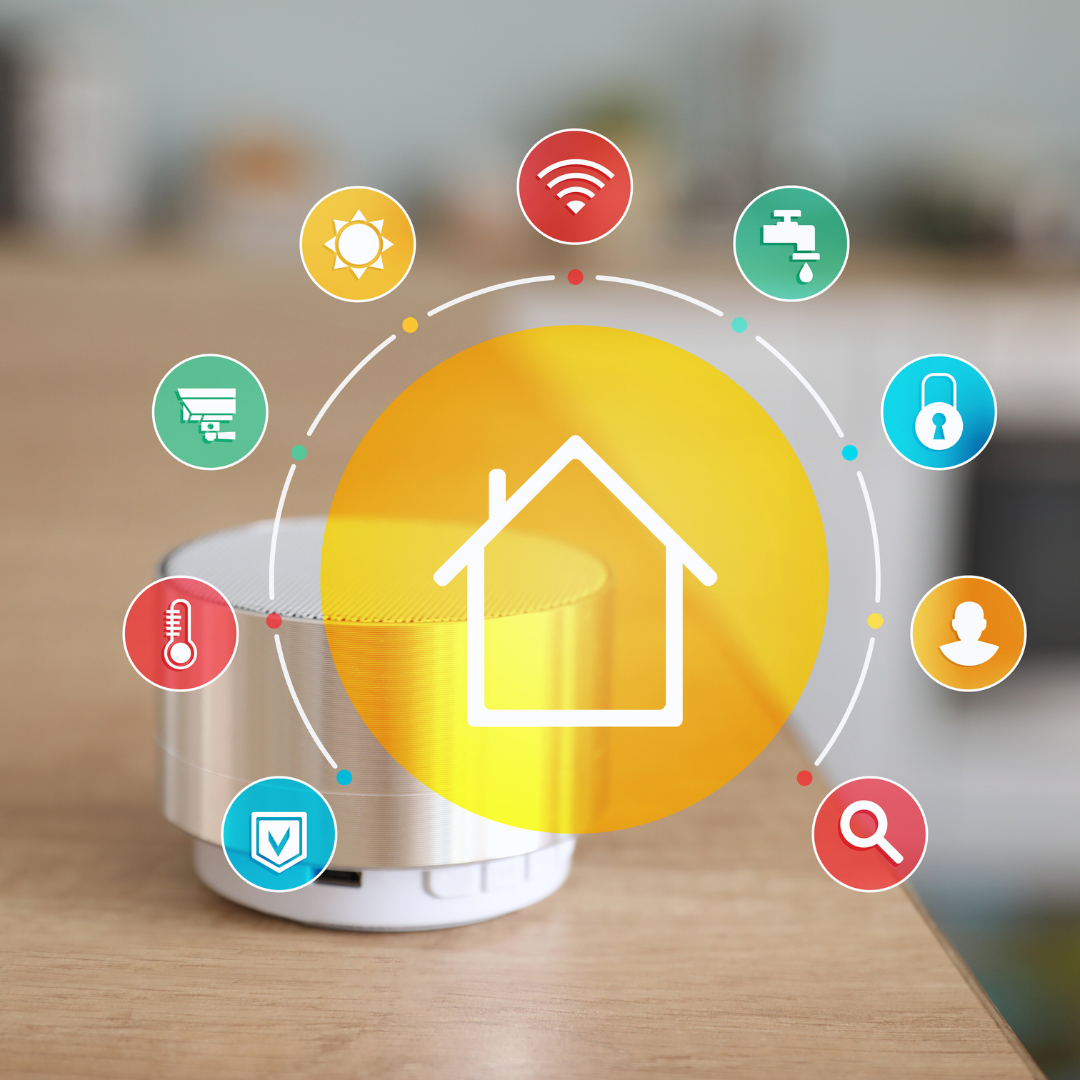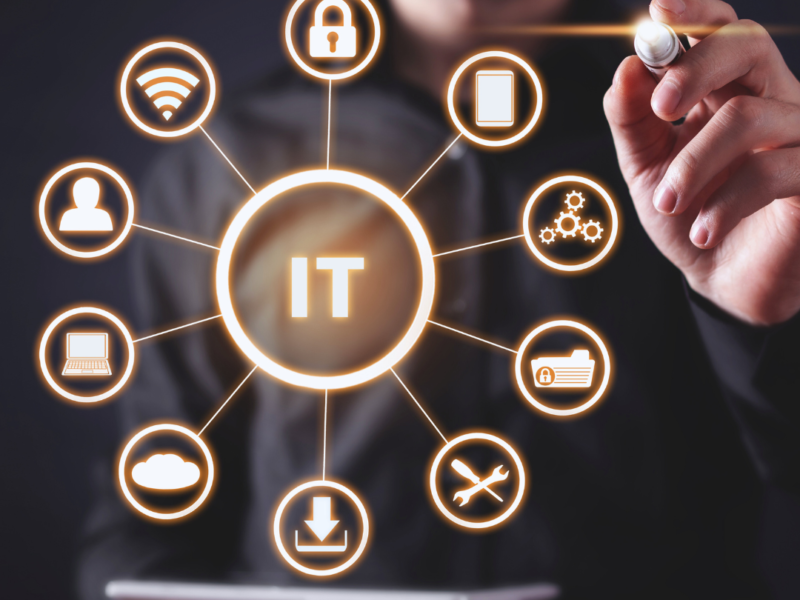Smart home devices have revolutionized how individuals interact with their living spaces, presenting an array of innovative solutions designed to enhance convenience, security, and energy efficiency. These devices, ranging from smart thermostats to intelligent lighting systems, utilize home automation and the Internet of Things (IoT) to create a more connected and efficient environment. As a result, homeowners can control various aspects of their homes remotely, tailoring their settings to meet personal needs and preferences.
The appeal of smart homes extends beyond simple automation; they offer significant improvements in everyday living. For example, smart security cameras and doorbells enable users to monitor their homes in real-time, providing peace of mind whether they are at home or away. Additionally, features like automated heating and cooling systems contribute to energy savings while maintaining comfort.
Exploring the world of smart home devices reveals a landscape rich with opportunities for both novice and seasoned tech enthusiasts. Understanding how these devices work and their potential benefits can empower individuals to make informed choices about incorporating them into their daily lives, ultimately leading to a smarter, more efficient home.
Understanding Smart Home Technology
Smart home technology integrates various devices and systems to enhance convenience, security, and energy management in a residential setting. This section covers core components, communication protocols, and how voice commands and smartphones play vital roles in home automation.
Core Components of a Smart Home Ecosystem
The smart home ecosystem consists of several essential components that work together seamlessly. Smart devices include thermostats, lighting, smart appliances, and smart speakers. Each device connects to a central hub, which provides a centralized control point for management.
Interoperability among devices is crucial. Many devices can function together within the same ecosystem, enabling automation processes such as turning off lights when leaving home. A smart home hub simplifies control, allowing users to manage multiple devices via a single interface, often through a smartphone app.
Communication Protocols: Wi-Fi, Zigbee, and Bluetooth
Smart home devices rely on various communication protocols to connect and communicate. Wi-Fi is commonly used due to its ability to connect multiple devices without needing additional hubs, but it may consume more energy.
Zigbee operates on a mesh network that allows devices to communicate with one another, enhancing reliability and reducing power usage. It excels in supporting small, low-power devices like sensors and lightbulbs.
Bluetooth serves as a short-range protocol ideal for direct connections, especially when devices are close to each other. Understanding these protocols can influence choices when building a smart home ecosystem.
The Role of Voice Command and Smartphones in Home Automation
Voice commands significantly enhance the user experience in smart home systems. Smart speakers often serve as hubs for voice interaction, allowing users to control devices hands-free. They can adjust lighting, control thermostat settings, or manage appliances with simple voice commands.
Smartphone apps are equally essential, providing remote access and control. They allow users to monitor and manage their home products from anywhere. These apps often include notifications and scheduling features, enabling users to optimize energy use or receive alerts about unusual activity. The combination of voice command and smartphone control creates a flexible and user-friendly automation experience.
The Benefits of Smart Home Devices
Smart home devices offer a range of advantages that enhance daily living. Their impact on energy efficiency, home security, and convenience is significant, making them appealing to various users.
Energy Efficiency and Monitoring
Smart home devices play a vital role in improving energy efficiency. Smart thermostats can learn user preferences and adjust temperatures automatically, optimizing heating and cooling schedules. This not only enhances comfort but also reduces electricity bills.
Energy monitoring tools allow homeowners to track electricity usage in real-time. With connected devices, users can see which appliances consume the most energy. This data can lead to more conscious usage and can even alert homeowners to unusual spikes in electricity, indicating potential issues.
Enhancing Home Security
Home security is greatly improved through smart devices. Smart cameras provide real-time video feeds, allowing homeowners to monitor their property remotely. These devices often include motion detection features, sending alerts directly to smartphones when unexpected movement is detected.
In addition, smart locks offer enhanced security by enabling keyless entry. Homeowners can grant access remotely, control who comes and goes, and monitor entry logs. This level of control allows for peace of mind, especially when away from home.
The Convenience of Smart Appliances
Smart appliances add convenience to everyday tasks. A smart refrigerator can track food inventory, alerting users when items are running low. This reduces food waste and saves time during grocery shopping.
Smart ovens allow users to preheat remotely and monitor cooking progress through smartphone apps. Similarly, smart washing machines enable scheduling and problem monitoring from afar. This integration streamlines household management, making life easier for busy individuals and families.
Setting Up Your Smart Home
Creating a smart home involves selecting compatible devices, ensuring proper installation, and committing to ongoing maintenance. Understanding each step is crucial to building an efficient smart home ecosystem.
Choosing the Right Smart Devices
When selecting smart devices, compatibility with existing home automation systems is essential. Users should consider options like smart lights, smart TVs, and Amazon Echo for centralized control.
A few popular choices include:
- Smart Lights: For customizable lighting options.
- Smart TVs: For seamless streaming and integration with other devices.
- Smart Speakers: For voice control capabilities, enhancing convenience.
Before purchasing, research product reviews and ensure devices can communicate with one another. A well-planned purchase can elevate the entire home automation experience.
Installation and Configuration
Installation can vary significantly based on the device type. Many smart devices feature user-friendly setup processes. Typically, users will download an accompanying app and follow prompts for configuration.
It’s essential to:
- Connect to Wi-Fi: Ensure reliable internet access for all devices.
- Create a Central Hub: Use a smart speaker or dedicated hub for easier management.
- Set Up Automation: Employ routines or schedules for optimized operation.
Proper configuration helps avoid compatibility issues later, making for a smoother smart home experience.
Maintaining and Updating Your Smart Home Systems
Regular maintenance ensures devices operate optimally. Users should:
- Check for Firmware Updates: Manufacturers often release updates for improved functionality and security.
- Clean Devices: Dust and debris can affect performance, so periodic cleaning is necessary.
- Review Device Compatibility: As new products enter the market, ensuring that current and future devices can work together is crucial.
Consistent oversight of the smart home system helps users maximize their investment, ensuring the connected devices remain efficient and functional.



